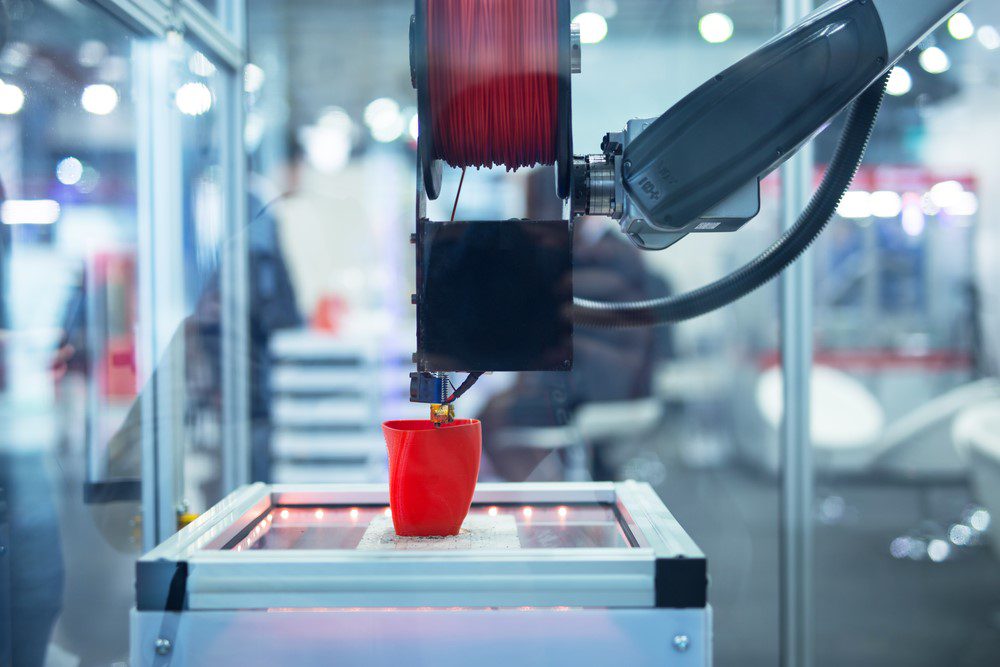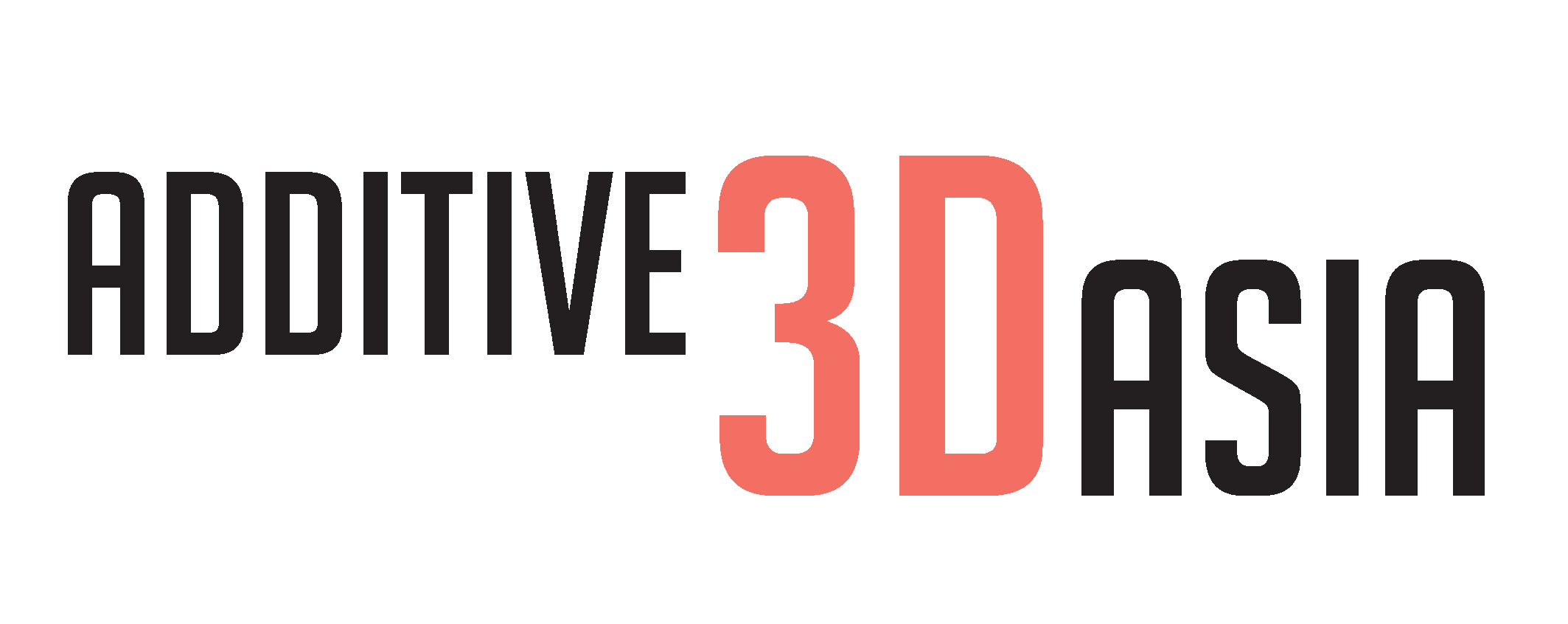Who is the Champion? 3D Printing vs CNC Machining
When deciding on the right method of production for your products or parts, two of the most reliable ones to consider are 3D printing services and Computer Numerical Control (CNC) machining. While both of these have the ability to create parts, did you know that there are also many differences that impact not only the final product, but also the entire process? Therefore, it’s important to weigh the pros and cons of each, to choose the manufacturing technique that best suits your needs.
First off, what’s the main difference between 3D printing and CNC Machining?
3D Printing: As it suggests, 3D printing refers to utilising a 3D image to visualise the object prior to its printing. This 3D image is then “sliced” into layers and printed in accordance to those 3D layers produced, until you get the final product desired. Due to the constant addition of each layer during printing, this method is also commonly referred to as an “additive” manufacturing process.
Learn more about the various processes of additive manufacturing.
CNC Machining: In contrast, CNC machining starts off with a large block made from the material of your choice. This block is seated atop of machinery that utilises a host of sharp tools to cut the block down to the final printed product. Additionally, unlike 3D printing where the process is additive, this method is considered “subtractive”, as you’re cutting away chunks of the block to form your desired object.
Key Differences
1. Material Compatibility
3D Printing: This method usually utilises plastics such as filaments for Fused Deposition Modelling (FDM), polymer powder for Selective Laser Sintering (SLS) and MultiJet Fusion (MJF) technologies, resin for Stereolithography (SLA) and others.
CNC Machining: While CNC machining is very commonly used for machining heavy metals, it also uses many other materials such as the plastics mentioned above, wood and foam.
2. Production Process
3D Printing: This method is both a single step manufacturing process and is able to work without manual supervision, making it more cost efficient than CNC machining. It’s also a recommended process should you be looking to produce smaller components for industrial use, as well as for customisable parts.
CNC Machining: This method is very useful for industries that produce large-scale parts such as the automotive, aerospace, marine and defence industries. However, one drawback is that it’s a more labour intensive approach, as the machine has to be set up manually.
3. Complexity of Objects
3D Printing: With advanced printing methods such as SLS, you’re better able to manufacture extremely precise and complex geometric objects, sometimes even without the use of structures that are commonly designed to support the printer during the process.
CNC Machining: Due to its inability to reach all surfaces located on the object, the level of precision obtained from this method is lower than via 3D printing. However, it still produces parts of a consistent quality.
4. Environmental Impact
3D Printing: As this method is an additive process, it reduces the amount of waste produced as it only uses what’s required. However, this method does use a large amount of energy in comparison to CNC machining.
CNC Machining: As this method is subtractive, it unfortunately results in a lot of unused material from the original block, which requires cleaning up and disposing of. In order to be as environmentally friendly as possible, you can aim to be as precise as possible with your first subtractive process, to avoid a second one.

So What’s the Verdict?
Ultimately, the method that you choose depends on a variety of factors. Considerations such as the type of object you’re printing, available manpower, budget, timeline, quality, quantity are just some of the things worth thinking about before making your decision. If you’re looking for a reliable 3D printing company in Singapore, simply get in touch with us for a free no obligation consultation to learn more about which service best suits your needs!

